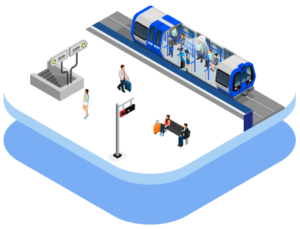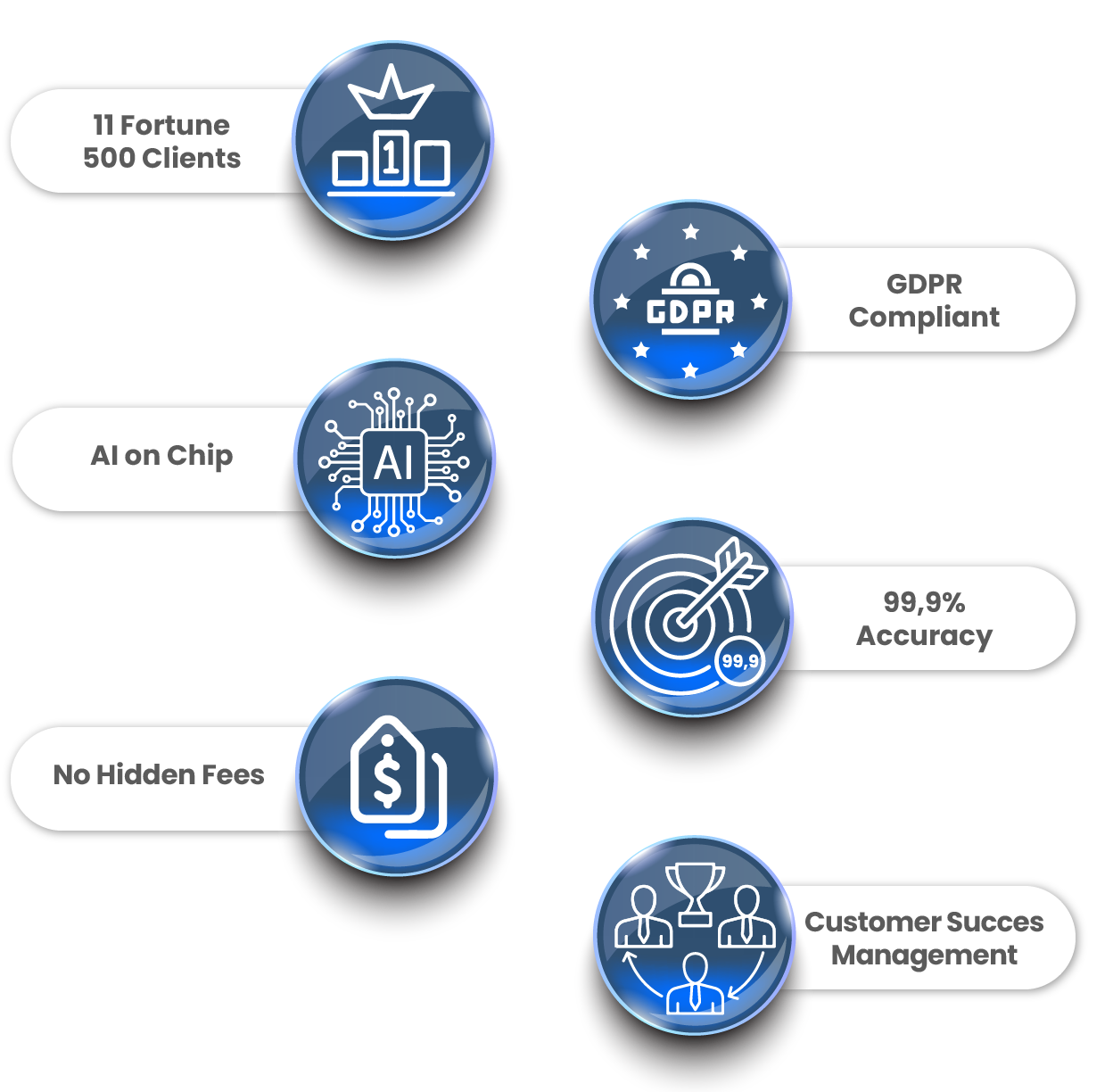
Passenger counting plays a crucial role in the optimization of fleets and routes within the transportation sector. By utilizing real-time data on vehicle occupancy, operators can dynamically adjust the size of their fleet and modify routes to ensure a more efficient and streamlined transportation network. This data-driven approach not only enhances operational efficiency but also contributes to cost reduction by accurately determining the optimal number of vehicles required per route, minimizing unnecessary expenditures.
Moreover, the integration of passenger counting systems offers a significant advantage in revenue generation through in-vehicle advertising. By providing advertisers with insights into high-occupancy routes and vehicles, transportation providers can maximize advertising impressions, leading to increased revenue streams. This strategic use of data not only improves financial outcomes but also promotes sustainable advertising practices within the industry.
Passenger satisfaction is another area where accurate passenger counting proves invaluable. Optimizing vehicles and routes based on real-time occupancy data ensures a more comfortable and enjoyable travel experience for passengers. This, in turn, fosters positive feedback, loyalty, and word-of-mouth recommendations, contributing to the overall success of transportation services.
In terms of payment systems and ticketing, passenger counting systems validate ticket sales against actual passenger counts, ensuring transparency and accuracy in financial transactions. This contributes to a trustworthy and reliable payment infrastructure, building confidence among passengers and stakeholders alike.
Furthermore, the positive impact extends to eco-friendly and sustainable transportation practices. By efficiently managing underutilized vehicles on routes, transportation providers can reduce gas emissions and improve the overall carbon footprint. This aligns with global sustainability goals and positions the industry as a responsible contributor to environmental conservation.
In conclusion, passenger counting in the transportation sector is not just a tool for data collection; it’s a multifaceted solution that contributes to operational efficiency, cost reduction, revenue growth, passenger satisfaction, transparent payment systems, and sustainable practices.



































